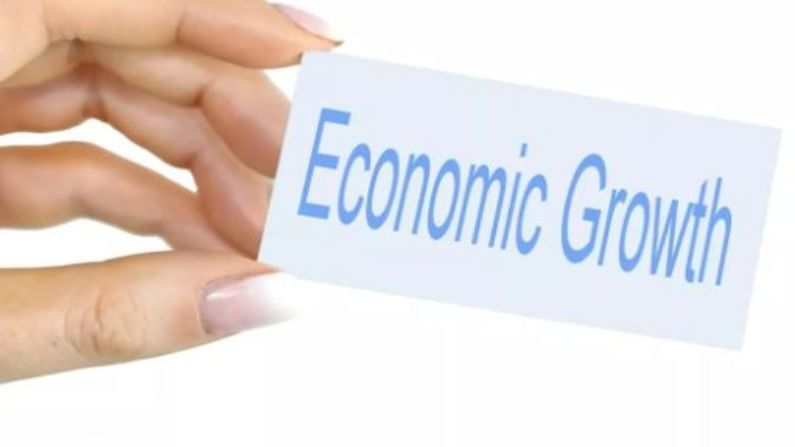Recovery depends on vaccinations, fuel price and monsoon: Economists
While the rate of vaccination has declined after a peak, the kharif sowing season had a weak start due to the hesitant monsoons

Covid-19 vaccinations, high prices of petrol and diesel and a weak start to the kharif sowing season form the troika of uncertainty on which the revival of the economy depends, economists said as the country looked forward to recovery in Q2 from the beating in Q1 of FY22. Significantly, the Indian Medical Association said on Monday that the third wave of the virus is “inevitable and imminent” as it urged the governments to control the crowds that are rushing out of their homes and crowding tourist destinations and entertainment zones. Just about 5% of the country’s population have received both jabs of the vaccine and a third wave would again deliver a heavy blow to the economy like the second wave.
Pace of jabs declines
“The pace of vaccinations, after picking up in the last week of June to a daily average pace of 6.2 million doses, has dipped to 4.2 million and 3.5 million in the first two weeks of July. On a cumulative basis, India has so far inoculated close to 22.0% of its population with one dose of vaccine,” said research agency QuantEco in its report.
QuantEco economist Yuvika Singhal said they expected the vaccination momentum to pick up in the next couple of months with augmentation in domestic manufacturing capacity along with reliance on imports. “The single dose coverage could potentially rise towards 60% before the end of 2021, creating a demand biased in favour of ‘experiences’ than goods,” she said.
Weak kharif sowing
However, despite predictions of a normal monsoon by the Indian Meteorological Department, there has been a less than normal start to the kharif sowing season. Kharif sowing of food crop such as rice needs ankle-deep water in the fields.
“The “break” in monsoon activity continuing well into second week of Jul-21, has raised some concerns as the cumulative rainfall for the season has dipped into a deficit of 8% as of July 11. But with nearly 65% of season ahead of us, a turnaround in rainfall (as anticipated by IMD and SkyMet over the next few days) can mitigate concerns and augurs well for sowing and output for the ongoing Kharif season,” said Singhal.
Monsoon
The monsoons are extremely important for the country’s economy since agriculture production, and therefore, the rural economy is heavily dependent on the monsoons.
The second surge of the pandemic has driven down consumption with economists apprehending a U-shaped recovery that involves a drawn-out process.
Agriculture contributed to around 20% of the country’s GDP in FY21 but farming is highly labour-intensive and employs more than 40% of the country’s workforce.
A healthy monsoon can raise farm output, help reduce inflation and also obviate fiscal pressures such as additional allocations to rural employment schemes such as MNREGA and need to waive farm loans.
Fuel woes
High fuel prices, too, have cast a shadow on the recovery process.
Former ISI professor of economics Abhirup Sarkar thinks that instead of constantly milking petrol and diesel for revenues to meet the Covid-19 specific expenses, the government should raise more debts for funding the welfare schemes. It would leave more cash in the hands of the common people that might help in boosting aggregate demand in the market.
In its report QuantEco said the hardening crude prices (by ~7.5% in US dollar terms) in June meant annualised fuel inflation was in the double-digits for the second consecutive month.
“Definitely, the high prices will have an impact on the growth and return to normalcy. Prices above a particular level do pinch and people travel less and try to save on fuel cost,” Prashant Vasisht, vice president at rating agency ICRA told the media.
Excise reduction suggested
According to QuantEco estimates, a Rs 5 reduction in petrol and diesel excise duty will have a direct impact of about 8-10 bps of softening CPI inflation.
While both petrol and diesel prices have breached the Rs 100/litre mark in several states, the failure of OPEC plus to ramp up production of crude oil to meet the rising demand might keep the prices high in the global market keeping Indian prices at elevated levels.

